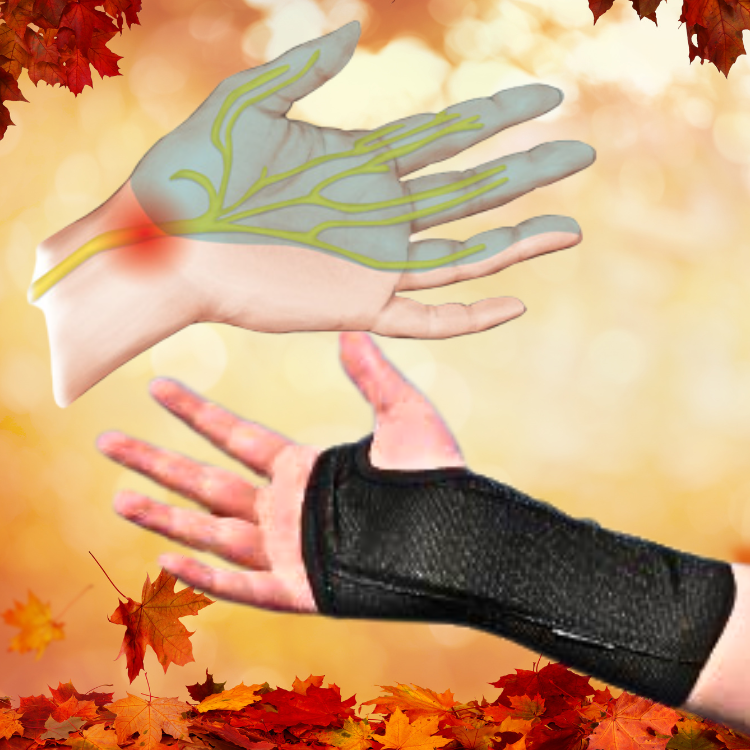
Carpal Tunnel Syndrome (CTS) is surprisingly common during pregnancy, often showing up in the second or third trimester. While it’s generally temporary, the symptoms—numbness, tingling, and pain in the hands and fingers—can be frustrating. So, why does it happen during pregnancy? Here are the main causes:

1. Fluid Retention (Edema)
- Why It Happens:
- Pregnancy hormones, especially progesterone, cause the body to retain more fluids.
- This extra fluid can lead to swelling in the tissues around the carpal tunnel, a narrow passageway in the wrist where the median nerve runs.
- Impact:
- The swelling compresses the median nerve, causing the hallmark symptoms of carpal tunnel syndrome.
2. Hormonal Changes
- Why It Happens:
- Pregnancy hormones, like relaxin, can loosen ligaments and increase tissue sensitivity.
- Impact:
- This loosening, combined with swelling, may make the carpal tunnel narrower and more prone to nerve compression.
3. Weight Gain
- Why It Happens:
- The natural weight gain during pregnancy can add pressure to the wrist joints and the carpal tunnel.
- Impact:
- Increased pressure on the wrists, particularly during repetitive hand movements, may worsen symptoms.
4. Increased Blood Volume
- Why It Happens:
- Blood volume increases by up to 50% during pregnancy to support the growing baby.
- Impact:
- This contributes to swelling in the extremities, including the wrists, increasing pressure on the median nerve.
5. Postural Changes
- Why It Happens:
- As your belly grows, your posture may change, leading to strain on your shoulders and neck.
- Impact:
- This strain can radiate to the arms and wrists, exacerbating carpal tunnel symptoms.
When Does It Go Away?
For most women, carpal tunnel syndrome resolves after delivery, once the swelling decreases and hormones stabilize. However, symptoms can persist in some cases, especially if you have other contributing factors like repetitive hand movements or pre-existing conditions.
How to Manage It During Pregnancy
- Wear Wrist Splints: Especially at night to keep the wrist in a neutral position. (Can check blog post on Wrist Splints that may help you here: https://montanaobgyn.com/wrist-splints-a-simple-solution-for-pregnancy-related-wrist-pain/ )
- Avoid Repetitive Hand Movements: Take breaks and stretch your hands if you’re typing or writing a lot.
- Elevate Your Hands: To reduce swelling.
- Cold Packs: Apply to the wrist to relieve swelling and discomfort. (You can consider some of the options here: https://montanaobgyn.com/wrist-splints-a-simple-solution-for-pregnancy-related-wrist-pain/ )
- Gentle Exercises: Stretching and strengthening exercises for the wrists can help.
- Gently massaging your wrist may help.
If symptoms are severe, consult your doctor for further evaluation or treatment options, such as physical therapy or steroid injections.
The Bottom Line
Carpal tunnel syndrome during pregnancy is typically caused by fluid retention, hormonal changes, and increased pressure on the median nerve. While it’s a common and temporary discomfort, understanding the causes can help you manage it better and stay as comfortable as possible during your pregnancy journey.

2 Responses